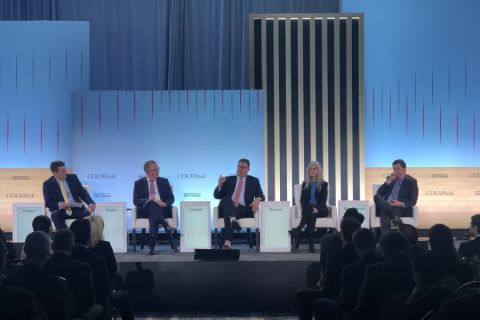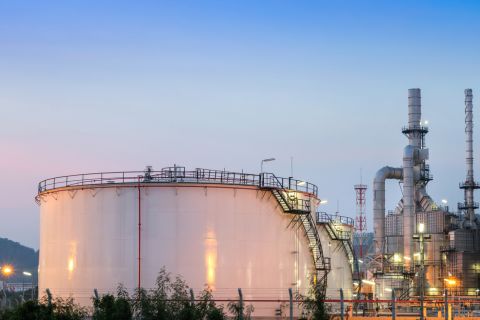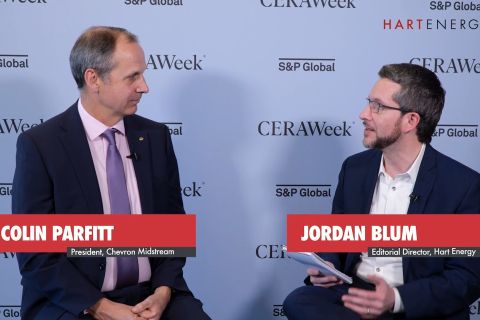In addition to an optimized acid fluid formulation that properly removes the corresponding formation damage type, fluid placement is fundamental to successfully stimulating a hydrocarbon-producing wellbore. However, proper acid placement is important when addressing challenging conditions such as long intervals, highly heterogeneous zones, the presence of natural fractures and depleted formations.
This article discusses the successful field implementation of AccessAcid Stimulation service, a self-degradable diverter (SDD) that has been tailored to help provide optimal placement in naturally fractured reservoirs and overcome the limitations of conventional diversion systems.
Various diversion methods to optimize acidizing treatments have been developed and used within the oil and gas industry. The diversion method best suited for a particular situation depends on several factors, including the type of well completion, perforation density, the type of fluid that is produced or injected after the treatment, casing and cement sheath integrity, bottomhole temperature and bottomhole pressure.
These diversion methods generally fall into three categories: mechanical, chemical and dynamic diversion. Mechanical isolation devices, such as a straddle packer, are one of the most effective means to obtain complete acid coverage; however, this method is often impractical or not economically feasible. Various types of chemical diversion methods have been successfully implemented, including graded rock salt, benzoic acid flakes, viscous pills, in situ crosslinked acid, crosslinked gel systems, relativepermeability modifiers, degradable particulates, foam and viscoelastic surfactants.
AccessAcid Stimulation service uses self-degradable particulates that effectively divert acid stimulation treatments away from high-permeability and naturally fractured zones to low-permeability zones and/or damaged zones. The system provides leak-off control properties at the fracture level by bridging off against the fracture face or formation face (Figure 1a). The diversion agent is placed in alternating stages with the acid throughout the entire treatment. Customized particle blends can provide near-wellbore diversion for matrix acidizing treatments, and/or near-wellbore and farfield diversion for acid fracturing treatments. Figure 1b shows the SDD blend for near-wellbore diversion. They can be bullheaded or pumped through a coiled tubing (CT) unit. When the acid stimulation treatment is completed, the particulates in the diversion agent will self-degrade based on reservoir temperature at a predicted time, providing excellent regained permeability to hydrocarbon. No cleanup stage is necessary to remove the particles.
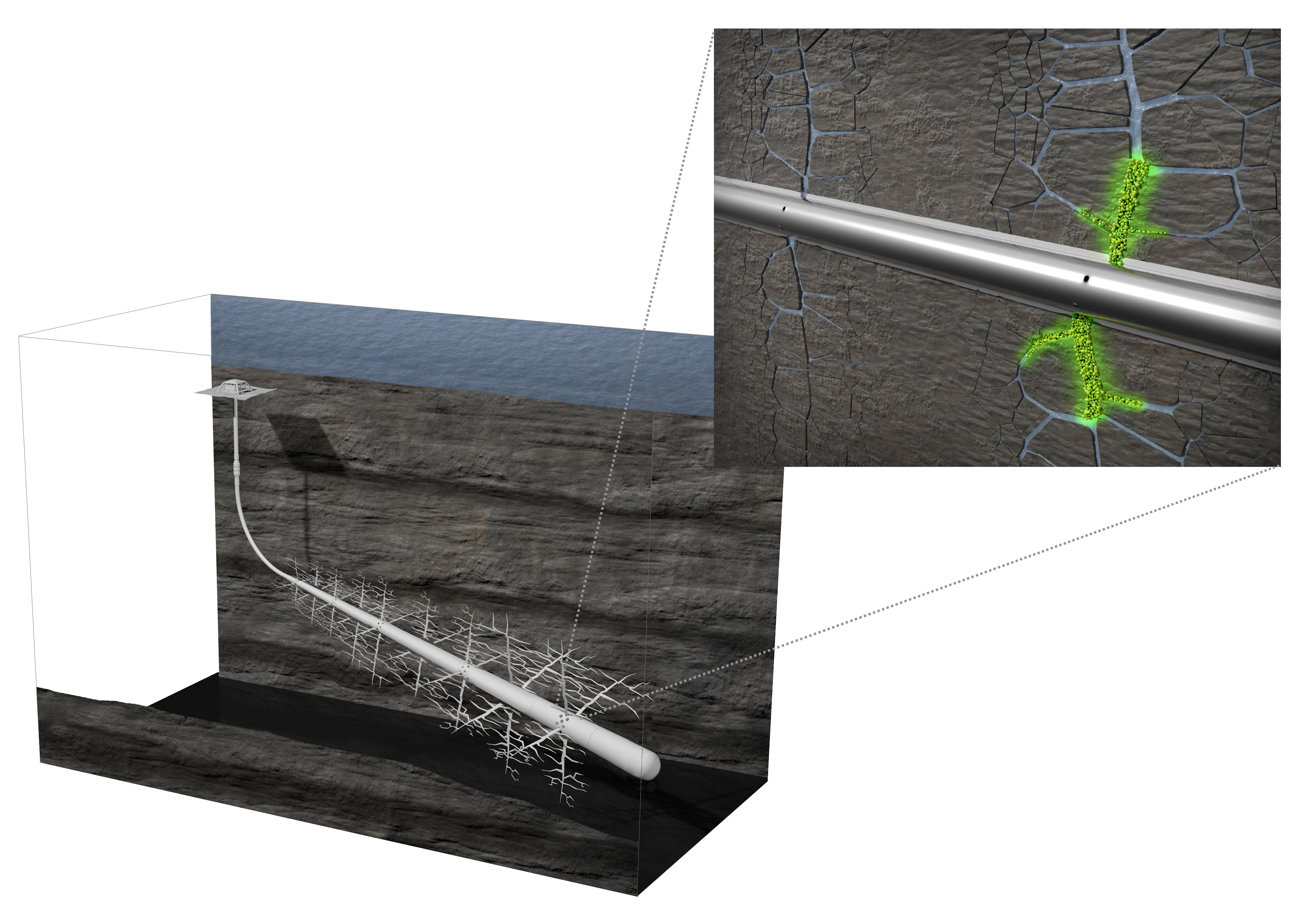
FIGURE 1a. AccessAcid Stimulation service provides leak-off control properties at the fracture level by bridging off against the fracture face or formation face.
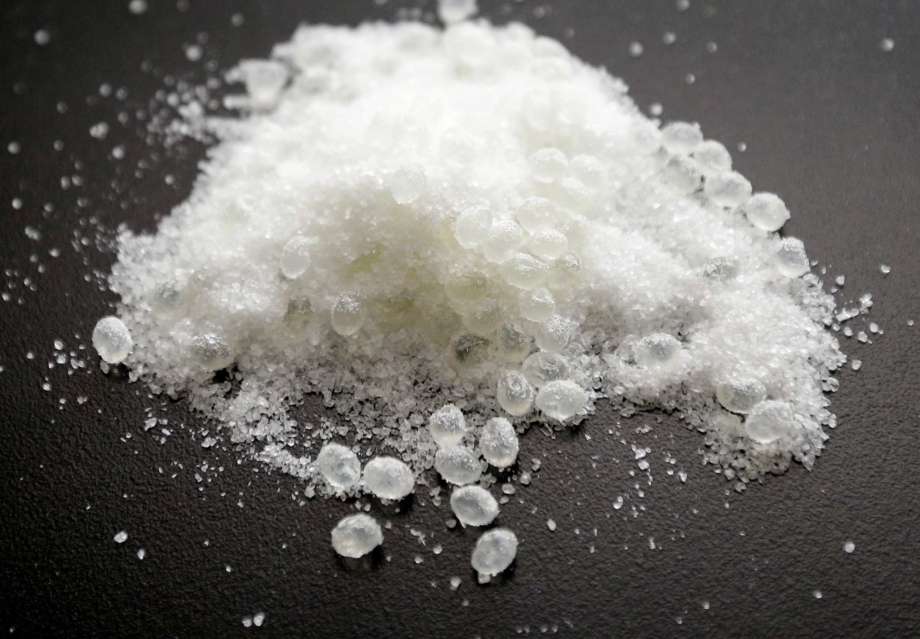
FIGURE 1b. AccessAcid Stimulation service uses self-degradable particulate with proprietary multimodal, customized particle blends. (Source: Halliburton)
Onshore
The service has been effectively used in a wide variety of reservoir and wellbore conditions, including matrix acidizing and acid fracturing treatments for near-wellbore and far-field diversion.
In one case history, Well A is a land well completed in a mature, oil-producing, naturally fractured carbonate reservoir. This well had a cased-hole and perforated completion with eight perforated intervals (gross interval approximately 417 m [1,368 ft] and net perforations approximately 200 m [650 ft]). After five acidizing treatments, it was not possible to positively impact the decline curve in this well, mainly because of high heterogeneity and a thief zone identified at the bottom zone. It was decided to enhance the matrix acidizing treatment with real-time monitoring using distributed temperature sensing and CT to optimize fluid distribution. The real-time fiber-optic capability allowed adjusting the diverter design in real time to obtain optimum acid coverage. Four alternating stages of acid and diverter were used. After the acid stimulation treatment, a steady hydrocarbon production uplift of 82% was achieved, increasing oil production from 920 bbl/d to 1,680 bbl/d, under the same choke conditions. Figure 2 shows the final acid fluid distribution across the eight intervals.

FIGURE 2. At left is the wellbore schematic for Well A, and on the right is the final acid fluid distribution after four diversion stages. (Source: Halliburton)
In another case history, Well B is a land well completed in a mature, gas-producing, naturally fractured carbonate reservoir. This well had a vertical, casedhole and perforated completion with five sets of clusters (gross interval approximately 45 m [150 ft] and net perforations approximately 27 m [90 ft]). Because of the heterogeneity of this formation, acid diversion was expected to be a challenge.
The operator decided to perform a high-rate matrix acidizing treatment using three acid cycles and two SDD near-wellbore diversion cycles (using emulsified acid and viscosified acid). Additionally, two SDD farfield intra-stages were included in between the acidizing stages. After the pressure response from the first SDD near-wellbore cycle, a decision was made on location to increase the volume and concentration for the second near-wellbore cycle. Both diversion stages were successful based on their pressure response (Figure 3). After the treatment, a temperature log confirmed effective diversion based on contribution to production from each interval. Post-job analysis showed a skin value of -3.4 and productivity index value outperformed offset wells.

FIGURE 3. The graph depicts Well B’s high-rate matrix acidizing pumping schedule, including the SDD near-wellbore and far-field diversion cycles. (Source: Halliburton)
Offshore
Well C is an offshore well completed in a mature, oil-producing, naturally fractured carbonate reservoir. This well had an openhole completion extending 118 m (387 ft) (39°API oil, bottomhole temperature approximately 175 C [347 F], average porosity of about 10% and average permeability 10 mD to 80 mD). The operator requested an acid stimulation treatment in the well. However, because of the long interval, openhole completion and natural fractures, acid diversion was a major challenge in this well. It was decided to incorporate two cycles of the SDD system to help divert the acid away from the natural fractures into the lower permeability zone. Additionally, to further optimize acid coverage, another diverter agent based on a relative permeability modifier was included into the pumping schedule to enhance diversion at the matrix level. After the stimulation treatment, the skin value effectively changed from 23 (measured) to -3 (calculated), with an increase in oil production of 5,300 bbl/d at the same choke conditions.
Recommended Reading
Commentary: Are Renewable Incentives Degrading Powergen Reliability?
2024-02-01 - A Vistra Corp. chief, ERCOT’s vice chairman and a private investor talk about what’s really happening on the U.S. grid, and it’s not just a Texas thing.
Veriten’s Arjun Murti: Oil, Gas Prospectors Need to Step Up—Again
2024-02-08 - Arjun Murti, a partner in investment and advisory firm Veriten, says U.S. shale provided 90% of global supply growth—but the industry needs to reinvent itself, again.
Heard from the Field: US Needs More Gas Storage
2024-03-21 - The current gas working capacity fits a 60 Bcf/d market — but today, the market exceeds 100 Bcf/d, gas executives said at CERAWeek by S&P Global.
Liberty Energy CEO: NatGas is Here to Stay as Energy Transition Lags
2024-03-27 - The energy transition hasn’t really begun given record levels of global demand for oil, natural gas and coal, Liberty Energy Chairman and CEO Chris Wright said during the DUG GAS+ Conference and Expo.
Exclusive: Chevron Balancing Low Carbon Intensity, Global Oil, Gas Needs
2024-03-28 - Colin Parfitt, president of midstream at Chevron, discusses how the company continues to grow its traditional oil and gas business while focusing on growing its new energies production, in this Hart Energy Exclusive interview.



